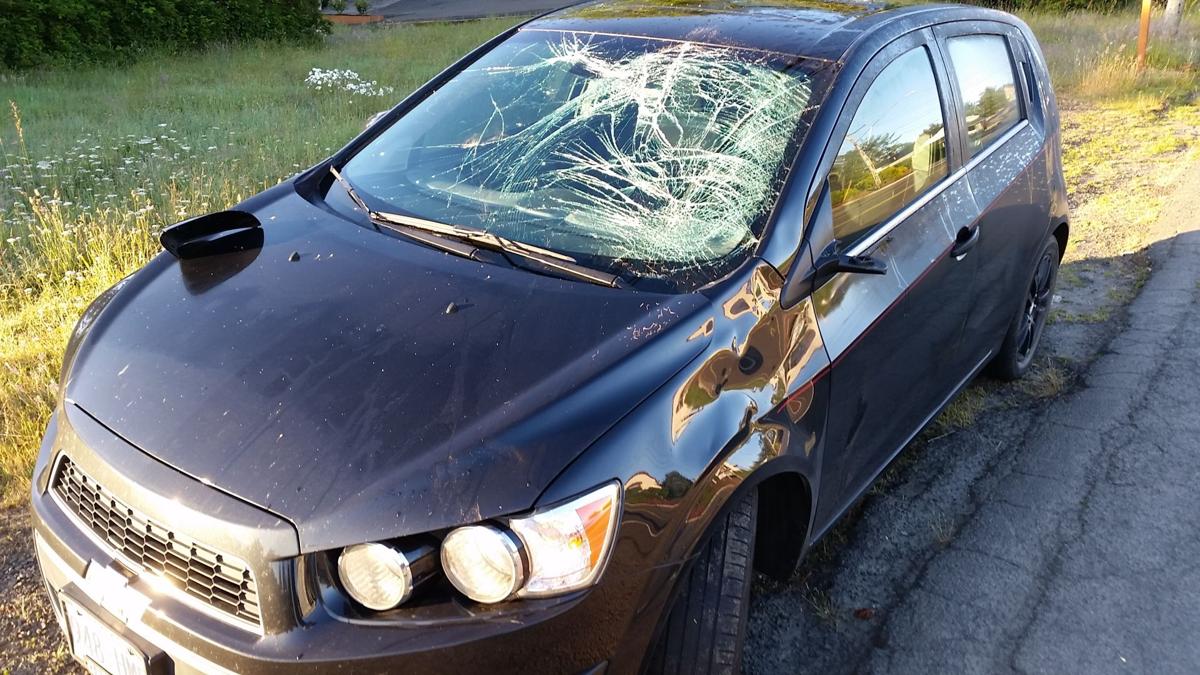Your Dipladenia care images are available in this site. Dipladenia care are a topic that is being searched for and liked by netizens now. You can Download the Dipladenia care files here. Download all royalty-free images.
If you’re looking for dipladenia care images information linked to the dipladenia care topic, you have visit the right site. Our website frequently gives you hints for viewing the maximum quality video and image content, please kindly surf and find more informative video content and graphics that fit your interests.
Dipladenia Care. What are the care of the dipladenia during the winter? However, the only caring difference is mandeville needs a supportive object to climb on. Dipladenia plants need at least 6 hours of direct sun per day. However, it is possible for the species to tolerate partial shade, though it might have a harder time thriving under said conditions.
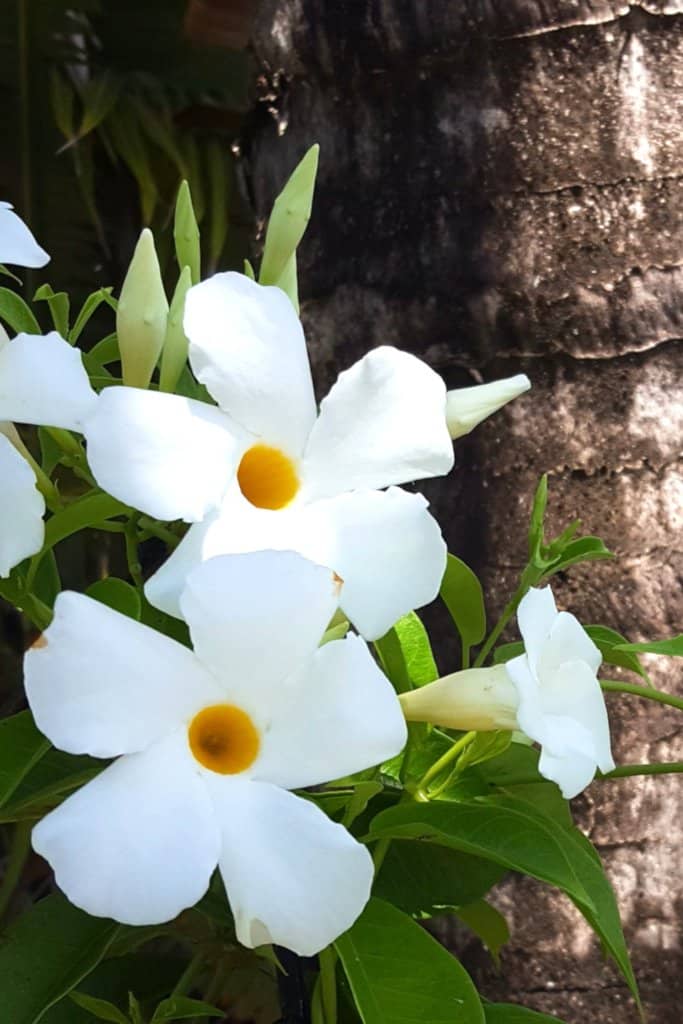 Mandevilla and Dipladenia care, pruning, repotting and From nature-and-garden.com
Mandevilla and Dipladenia care, pruning, repotting and From nature-and-garden.com
This is where the difference ends. Your dipladenia bush only needs watering when the top two inches of soil have dried. It grows best in a location that receives at least a half day to a full day�s worth of sunlight. Dipladenia �rio� needs 0.8 cups of water every 9 days when it doesn�t get direct sunlight and is potted in a 5.0 pot. Most people confuse dipladenia with mandevilla since the two plants look mostly alike, both plants attract bees and hummingbirds and they require the same care and conditions to thrive. During the winter, dipladenia should be kept fairly dry, watering only once a week.
For climates that have a minimum temperature below 45 degrees fahrenheit or that are in a usda zone 7 and below, bring the plants inside during the winter as the cold can kill the roots.
How do you take care of dipladenia in winter? A member of the mandevilla family the plants share care requirements. Give it the proper care and you can enjoy it inside or outside your home throughout the year. Keep the soil evenly moist. When flowering stops on the dipladenia, so should the feeding. These gorgeous tropical plants can be enjoyed in containers, hanging baskets and garden beds.
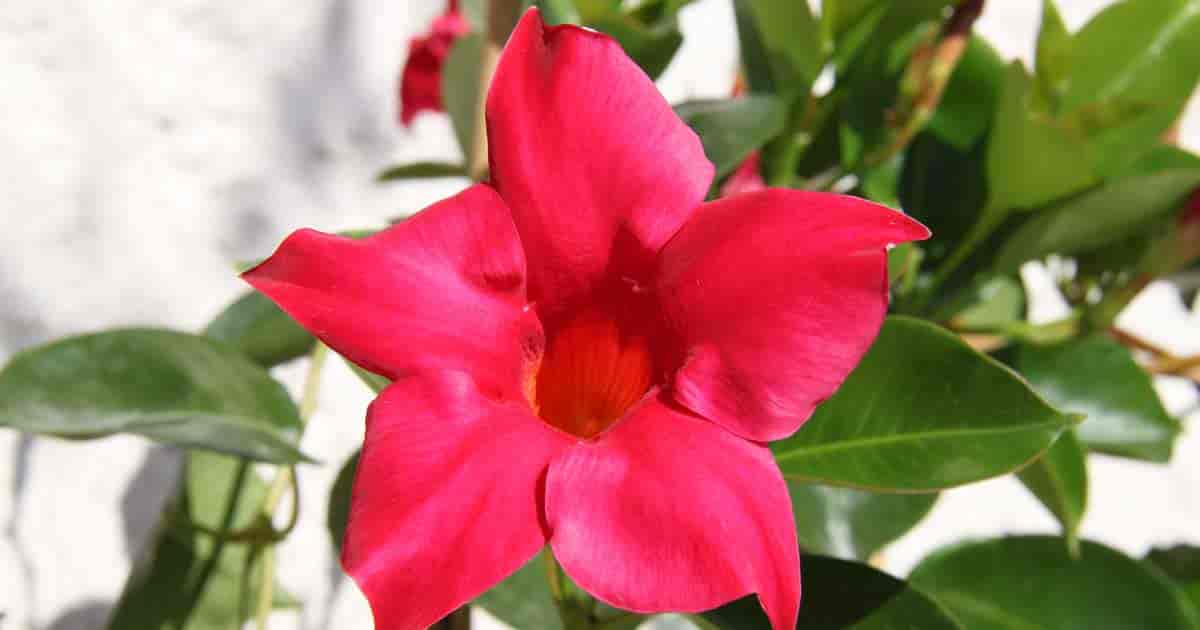 Source: bestgardeninfo.com
Source: bestgardeninfo.com
Relatively, the dipladenia plant is low maintenance, and pests and diseases are not that common. Take care of this setup simply as you would a potted plant. Usually it is watered moderately and not too much. In the growth and flowering phase this climbing plant needs sufficient water. Keep the soil evenly moist.
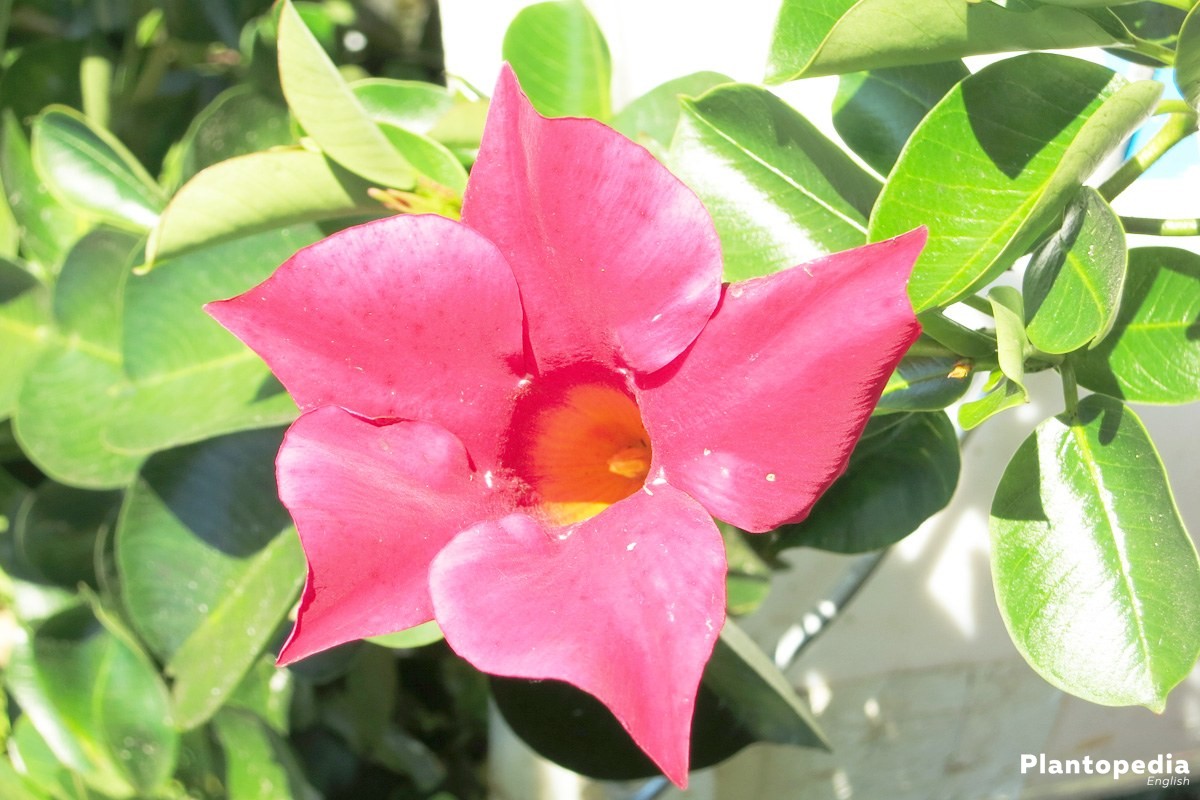 Source: plantopedia.com
Source: plantopedia.com
Mandevilla does not like waterlogged soil. The lowest temperature they can tolerate is around 50 degrees fahrenheit but long hours of such temperatures can kill them. For climates that have a minimum temperature below 45 degrees fahrenheit or that are in a usda zone 7 and below, bring the plants inside during the winter as the cold can kill the roots. Usually it is watered moderately and not too much. How do you keep dipladenia blooming?
 Source: myfavouriterio.com
Source: myfavouriterio.com
To take care of this precious plant it is necessary to keep in mind that it is very sensitive to cold. These gorgeous tropical plants can be enjoyed in containers, hanging baskets and garden beds. Mix 1/2 teaspoon with 1 gallon of. Dipladenia plants need at least 6 hours of direct sun per day. Foliage also differs a little, the leaves are narrower and more lancelot in shape.

If in your area the temperature drops below 10ºc, you should always have it in a pot to be able to enter it inside the house when it starts to cool. You�ll want to use gloves when handling and propagating dipladenia, as its stems contain a milky white sap that may cause skin irritation. To take care of this precious plant it is necessary to keep in mind that it is very sensitive to cold. The dipladenia only needs watering when the. Keep the soil evenly moist throughout the spring and summer and allow to dry to touch during the fall.
 Source: thespruce.com
Source: thespruce.com
Keep the soil evenly moist. Care for a dipladenia during the winter by mulching it, watering it lightly and pruning away dead stems before the growing season. So dipladenia is another name for a compact form variety of mandevilla sanderi. Here are a few guidelines for growing rios: Once planted, dipladenia requires little regular care in order to flourish.
 Source: plantopedia.com
Source: plantopedia.com
Take care of this setup simply as you would a potted plant. No fertilizer is needed during the resting period, but dipladenia appreciates extra nutrients while blooming. The above varieties of dipladenia are in the category of tropical vines. Place the dipladenia in a sunny location. These gorgeous tropical plants can be enjoyed in containers, hanging baskets and garden beds.
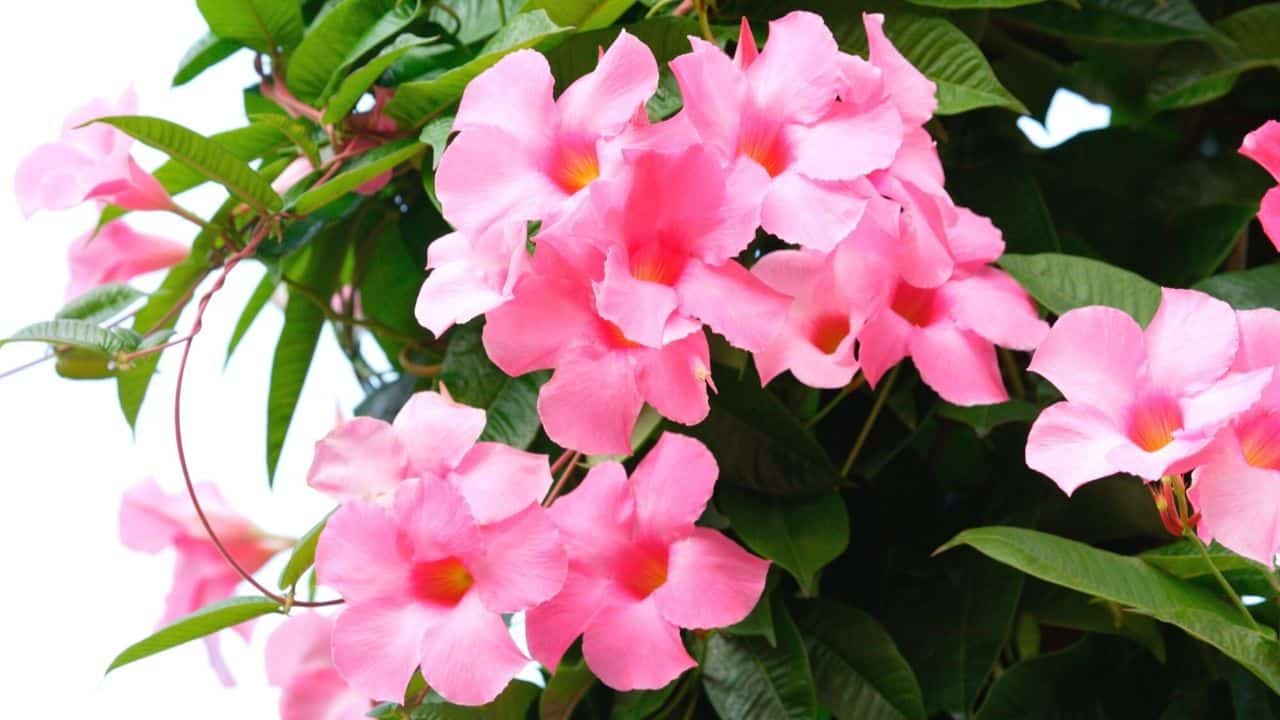 Source: plantophiles.com
Source: plantophiles.com
Dipladenia plants need at least 6 hours of direct sun per day. Generally speaking, the dipladenia will do its best when it gets six to eight hours of full sun on a daily basis. Leave the tip of the tendril exposed to the air. For climates that have a minimum temperature below 45 degrees fahrenheit or that are in a usda zone 7 and below, bring the plants inside during the winter as the cold can kill the roots. Water and mist the plant more often in march to october.
 Source: chhajedgarden.com
Source: chhajedgarden.com
Mix 1/2 teaspoon with 1 gallon of. Foliage also differs a little, the leaves are narrower and more lancelot in shape. Care is virtually the same. It grows best in a location that receives at least a half day to a full day�s worth of sunlight. In the growth and flowering phase this climbing plant needs sufficient water.
 Source: mygardeninsider.com
Source: mygardeninsider.com
A member of the mandevilla family the plants share care requirements. These gorgeous tropical plants can be enjoyed in containers, hanging baskets and garden beds. Place the dipladenia in a sunny location. Protect your skin when handling dipladenia. Generally speaking, the dipladenia will do its best when it gets six to eight hours of full sun on a daily basis.
 Source: gardeningknowhow.com
Source: gardeningknowhow.com
Blooms best in full sun, a minimum of 4 hours of direct sunlight per day. For climates that have a minimum temperature below 45 degrees fahrenheit or that are in a usda zone 7 and below, bring the plants inside during the winter as the cold can kill the roots. Mix 1/2 teaspoon with 1 gallon of. Look after them as you would any seedling inside your home through the early spring and you need to have some jaunty young plants by late may or early june. Humidity is not too important, but temperatures must be above 65℉ (18.3℃).
 Source: pinterest.com.mx
Source: pinterest.com.mx
Your dipladenia bush only needs watering when the top two inches of soil have dried. Your dipladenia bush only needs watering when the top two inches of soil have dried. However, it is possible for the species to tolerate partial shade, though it might have a harder time thriving under said conditions. You�ll want to use gloves when handling and propagating dipladenia, as its stems contain a milky white sap that may cause skin irritation. An instructional video on how to prune back your dipladenia before you bring it inside for overwintering.
 Source: pinterest.com
Source: pinterest.com
But apart from that, we must provide a series of care, which are: Care at home and abroad so you have to know first what promotes infection in order to avoid it as much as possible: An instructional video on how to prune back your dipladenia before you bring it inside for overwintering. Press the tendril into place and cover the leaf node location with soil. Relatively, the dipladenia plant is low maintenance, and pests and diseases are not that common.
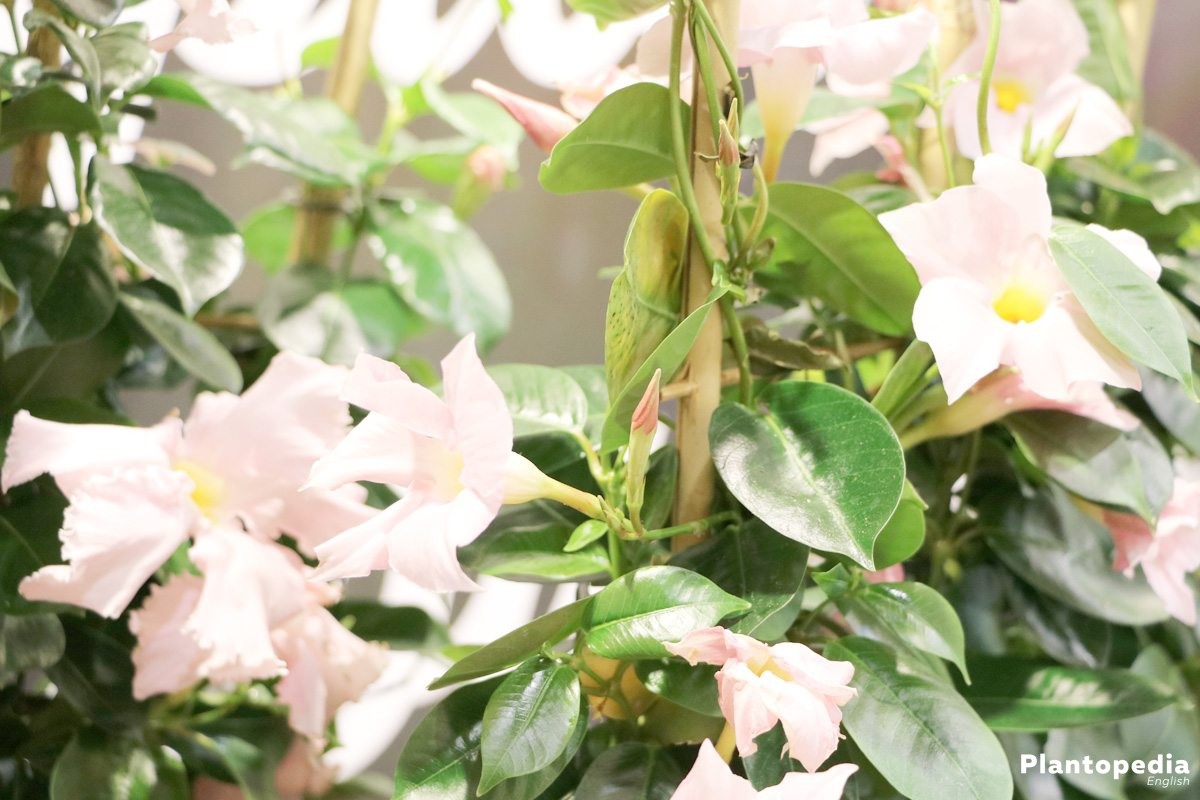 Source: plantopedia.com
Source: plantopedia.com
But apart from that, we must provide a series of care, which are: Leave the tip of the tendril exposed to the air. A member of the mandevilla family the plants share care requirements. Use our water calculator to personalize watering recommendations to your environment or download greg for more advanced recommendations for all of your plants. An instructional video on how to prune back your dipladenia before you bring it inside for overwintering.
 Source: giardinaggio.org
Source: giardinaggio.org
Keep the soil moist and mist the cutting occasionally. Overly wet soil can cause root rot. Usually it is watered moderately and not too much. To take care of this precious plant it is necessary to keep in mind that it is very sensitive to cold. Protect the plant from direct sunlight during the hotter hours if placed behind a window.
 Source: sapho.fr
Source: sapho.fr
Care is virtually the same. Give it the proper care and you can enjoy it inside or outside your home throughout the year. Look after them as you would any seedling inside your home through the early spring and you need to have some jaunty young plants by late may or early june. When watering, don’t overwater the plants. However, it is possible for the species to tolerate partial shade, though it might have a harder time thriving under said conditions.
 Source: nature-and-garden.com
Source: nature-and-garden.com
Care at home and abroad so you have to know first what promotes infection in order to avoid it as much as possible: Leave the tip of the tendril exposed to the air. Humidity is not too important, but temperatures must be above 65℉ (18.3℃). Once planted, dipladenia requires little regular care in order to flourish. Give it the proper care and you can enjoy it inside or outside your home throughout the year.
 Source: pinterest.co.uk
Source: pinterest.co.uk
When watering, don’t overwater the plants. Leave the tip of the tendril exposed to the air. How to care for dipladenia. The above varieties of dipladenia are in the category of tropical vines. If in your area the temperature drops below 10ºc, you should always have it in a pot to be able to enter it inside the house when it starts to cool.
 Source: mygardenlife.com
Source: mygardenlife.com
The lowest temperature they can tolerate is around 50 degrees fahrenheit but long hours of such temperatures can kill them. Leave the tip of the tendril exposed to the air. But apart from that, we must provide a series of care, which are: Proper winter care ensures that the dipladenia will survive to bloom again each summer. Caring for mandevilla and dipladenia indoors exposure and watering for dipladenia and mandevilla.
This site is an open community for users to do submittion their favorite wallpapers on the internet, all images or pictures in this website are for personal wallpaper use only, it is stricly prohibited to use this wallpaper for commercial purposes, if you are the author and find this image is shared without your permission, please kindly raise a DMCA report to Us.
If you find this site helpful, please support us by sharing this posts to your preference social media accounts like Facebook, Instagram and so on or you can also bookmark this blog page with the title dipladenia care by using Ctrl + D for devices a laptop with a Windows operating system or Command + D for laptops with an Apple operating system. If you use a smartphone, you can also use the drawer menu of the browser you are using. Whether it’s a Windows, Mac, iOS or Android operating system, you will still be able to bookmark this website.





